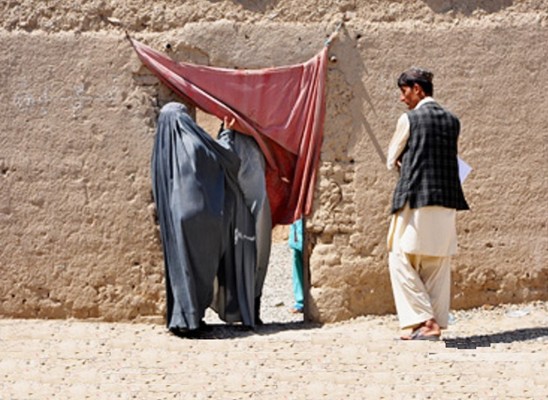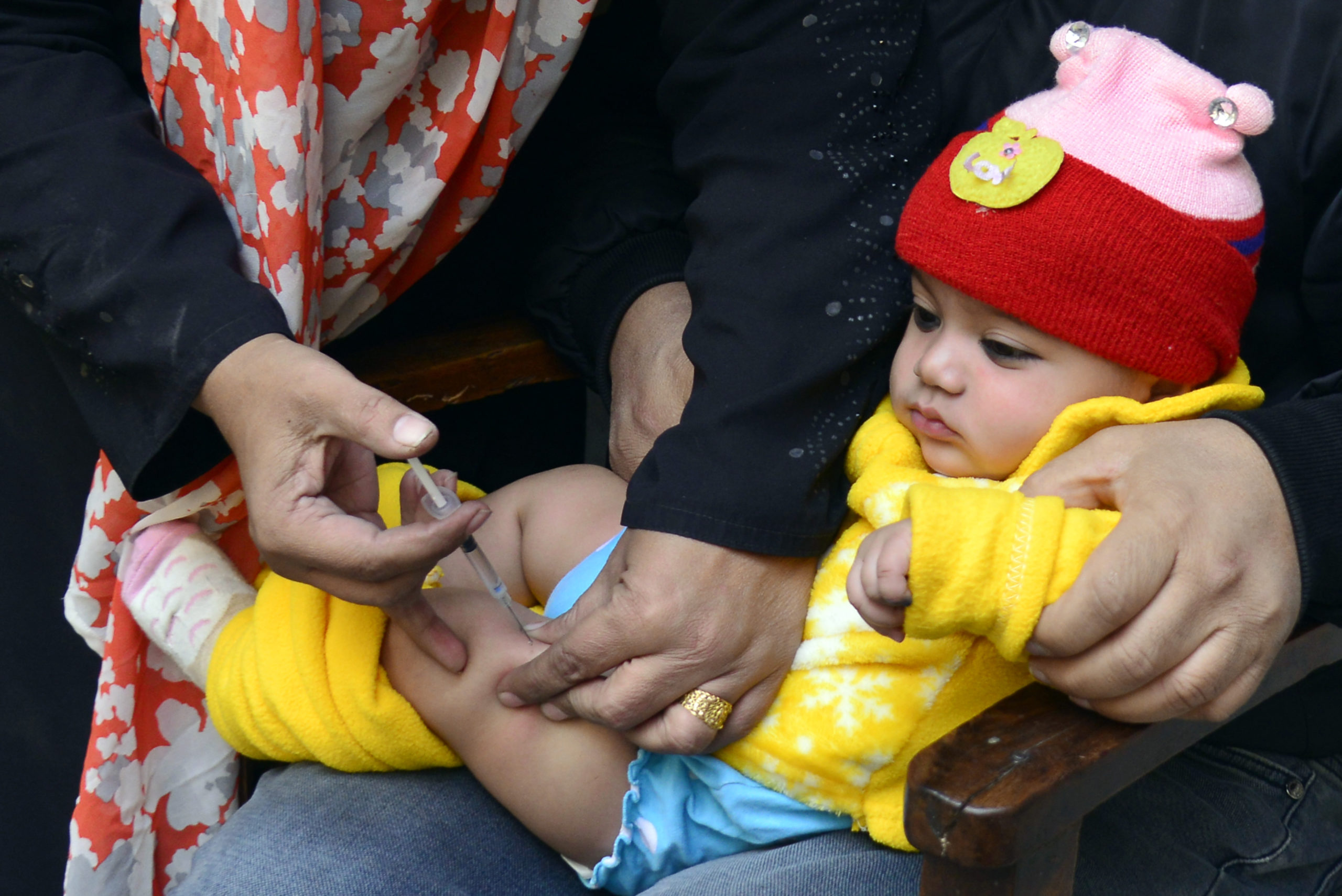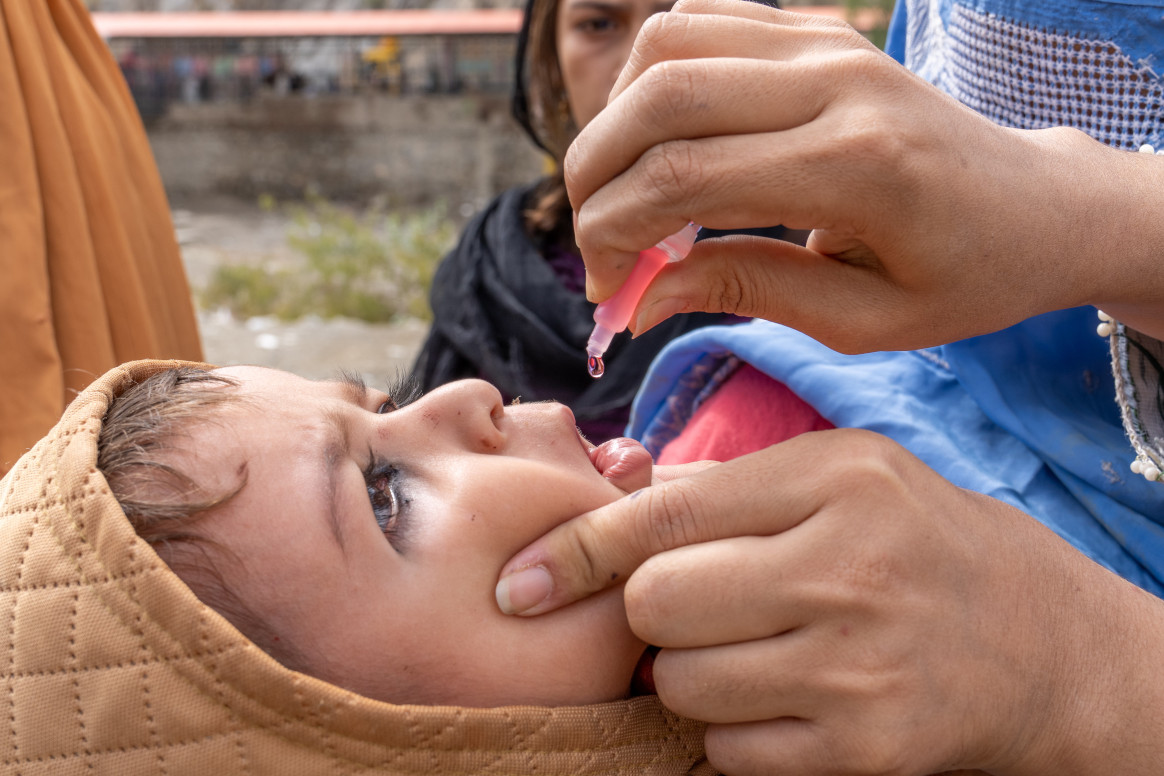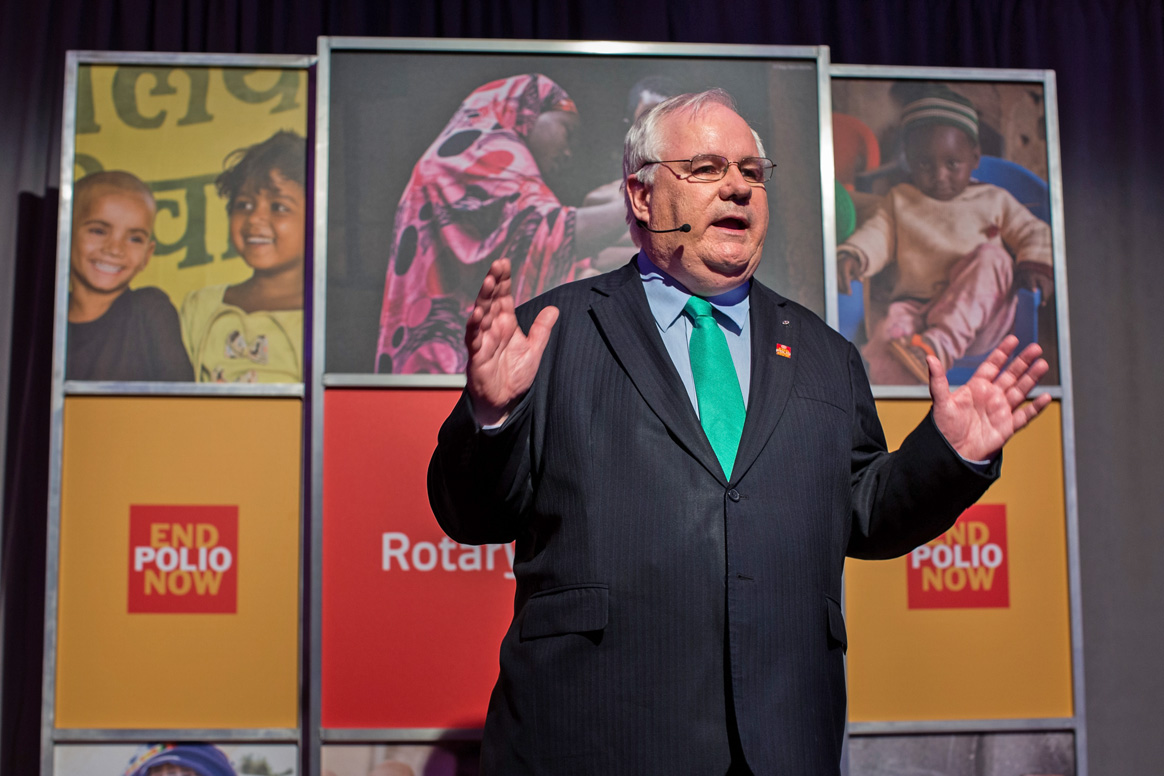
15 June, 2012 – This week marked one year since the world pledged US $4.3 billion to save 4 million lives by 2015 through vaccination. Assessing the progress achieved since this goal was set at its pledging conference last year, GAVI Alliance has released its report card, Delivering on the Promise: Year One. Among other things, this report highlights the fact that one in every five children continues to miss out on basic life-saving vaccines.
The global effort to eradicate polio is leading the way when it comes to reaching the seemingly unreachable – devising the tools and tactics necessary to get to the children who are beyond the reach of traditional health care services.
But if polio is to finally be eradicated, every last child must receive multiple doses of the vaccine. There are small pockets remaining where polio vaccinators haven’t been able to reach children. The Independent Monitoring Board for polio eradication calls these ‘polio sanctuaries’. What does it take to reach every last child? A new series of articles will attempt to answer this question and outline the strategies in place to make sure that no child misses out. This first article will look at reaching the last child in Afghanistan.
It would be easy to assume that children miss out on polio vaccine in Afghanistan because of insecurity. And traditionally, that has been the case.
Around 75% of Afghanistan’s polio cases over the past decade have been within 13 districts of the country’s troubled Southern Region – of which Helmand and Kandahar are a part.
However, insecurity is no longer the main reason why Afghan children miss out on polio vaccine. The good news is that during the polio vaccination campaigns held in March, less than 5% of all children in Southern Region were inaccessible, compared to 30% at the beginning of 2011.
The not-so-good news is that, even with this increased access, vaccination coverage has declined.
This suggests that there are much more mundane reasons for children not receiving the vaccine. Operational issues are now the biggest thorn in the side of Afghanistan’s efforts to eradicate the disease.



